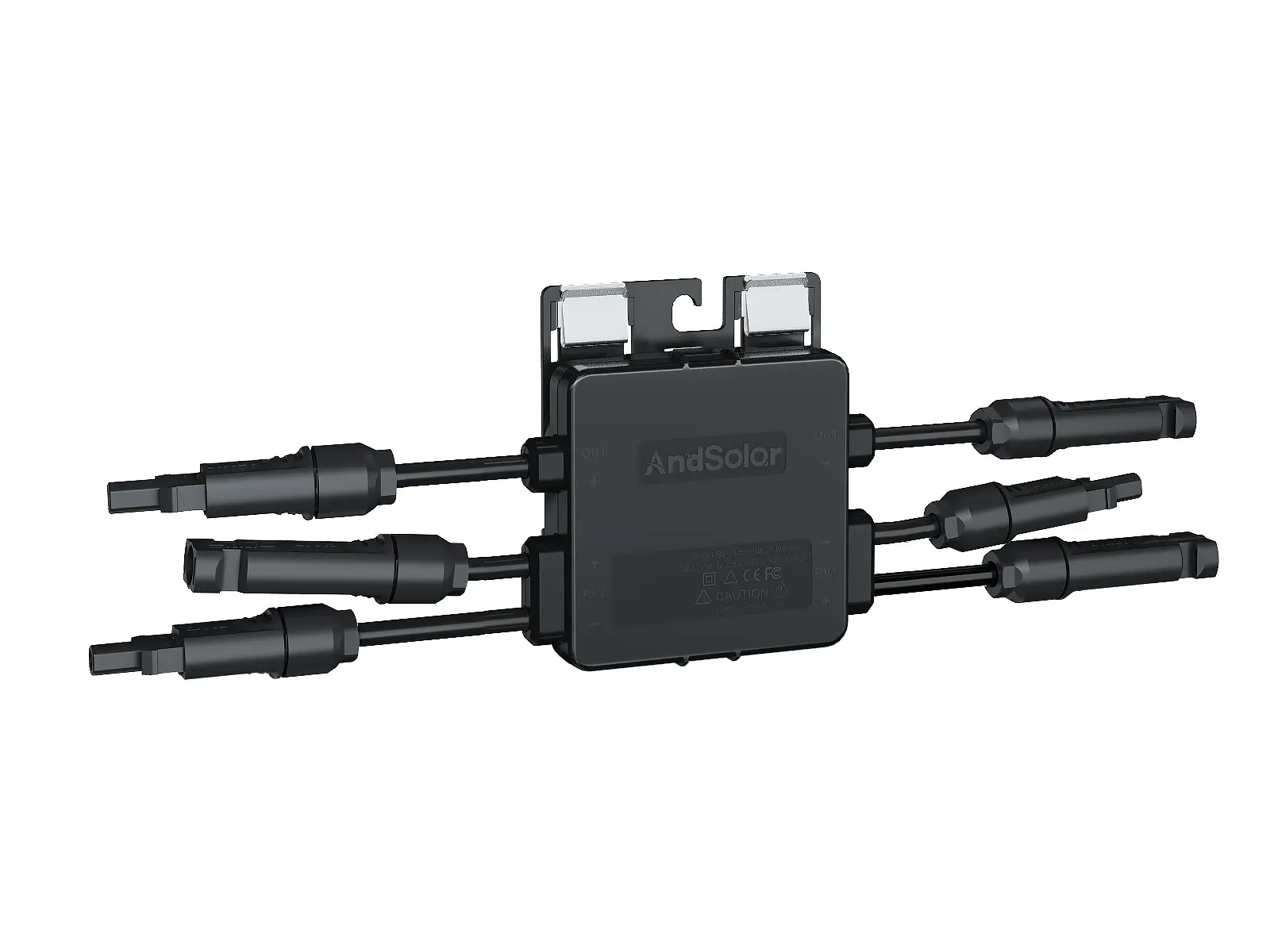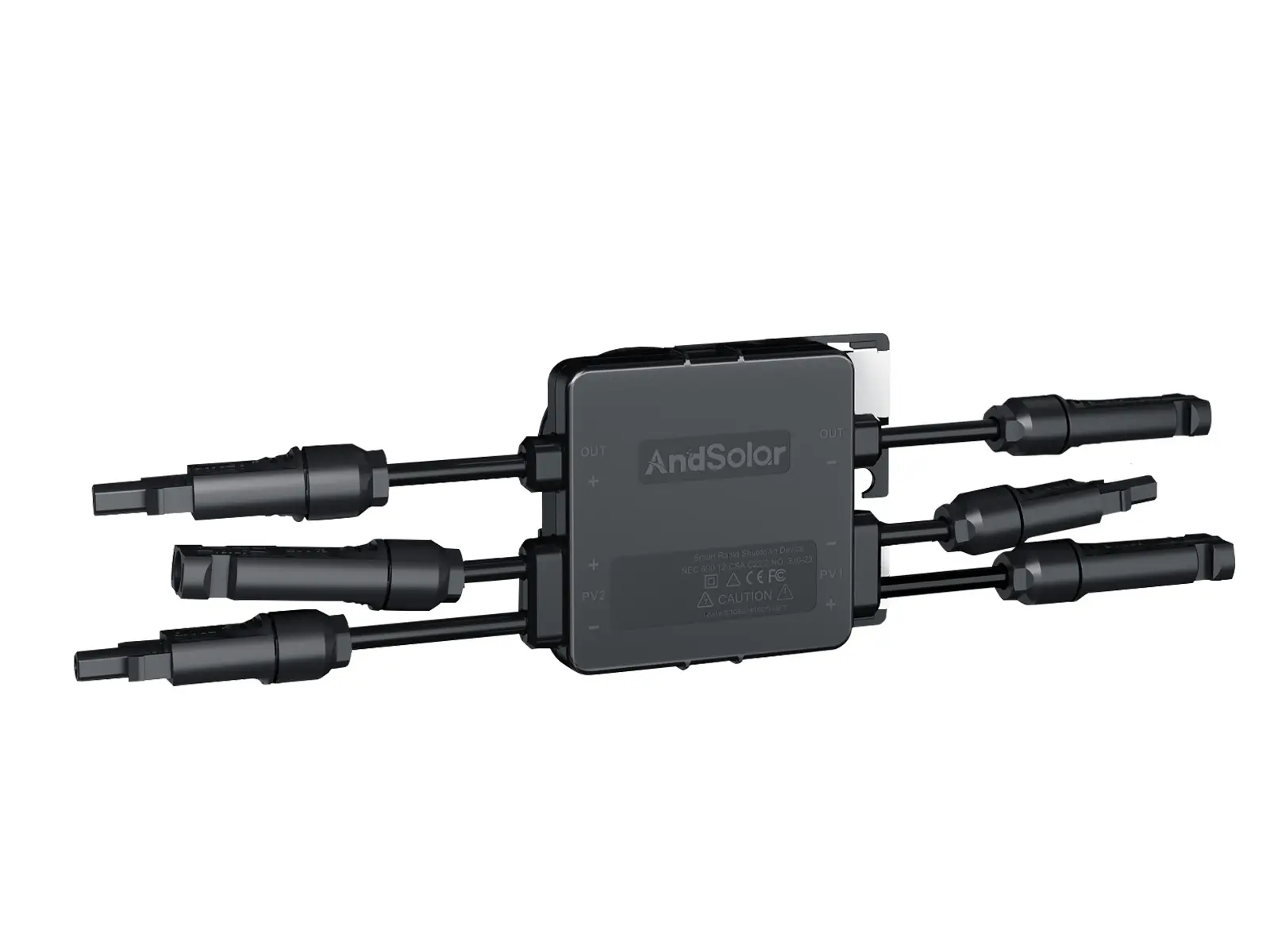The Evolution of Solar Safety Standards in Brazil
The solar energy landscape in Brazil is undergoing a significant transformation with the introduction of ABNT NBR 17193:2025, particularly focusing on rapid shutdown requirements. This revolutionary standard represents a major step forward in photovoltaic system safety, bringing Brazil's regulations in line with international best practices. As the solar industry continues to grow exponentially, understanding these new safety protocols becomes increasingly crucial for installers, manufacturers, and system owners.
The implementation of rapid shutdown requirements marks a pivotal moment in Brazilian solar safety standards. These regulations ensure that emergency responders can safely perform their duties without risking electrical hazards from solar installations. The standard addresses critical safety concerns while promoting the continued growth of solar energy adoption across the country.
Core Components of ABNT NBR 17193:2025
Technical Requirements and Specifications
ABNT NBR 17193:2025 establishes comprehensive technical specifications for rapid shutdown systems in photovoltaic installations. The standard mandates that solar arrays must be equipped with mechanisms to reduce voltage levels within specified parameters when activated. This includes requirements for voltage reduction to 30V or less within 30 seconds of activation, ensuring optimal safety conditions for emergency personnel.
The technical framework encompasses detailed specifications for system components, including shutdown initiators, control mechanisms, and verification methods. These requirements ensure consistent performance and reliability across different installation types and environments, providing a standardized approach to solar safety.
Installation and Implementation Guidelines
The standard provides explicit guidelines for proper installation and implementation of rapid shutdown systems. Installers must follow specific protocols for component placement, wiring configurations, and system integration. This includes requirements for clear labeling, accessible shutdown mechanisms, and proper documentation of system specifications.
Implementation guidelines also address various installation scenarios, from residential rooftops to commercial applications, ensuring adaptability while maintaining safety standards. The requirements consider factors such as weather resistance, maintenance accessibility, and integration with existing electrical systems.

Rapid Shutdown System Functionality
Activation Mechanisms and Response Times
Rapid shutdown systems must respond effectively to various activation triggers, including manual initiation and automatic detection of grid disconnection. The standard specifies maximum response times and voltage reduction requirements to ensure immediate safety protocol implementation when needed. These systems incorporate multiple activation methods, providing redundancy and ensuring reliable operation in emergency situations.
The activation process involves sophisticated monitoring systems that continuously assess system status and environmental conditions. When triggered, the rapid shutdown mechanism initiates a coordinated sequence of events to quickly reduce voltage levels throughout the array, prioritizing safety while protecting system components.
Safety Verification and Monitoring
Continuous monitoring and verification procedures are essential components of rapid shutdown systems. The standard requires regular testing and documentation of system performance, ensuring long-term reliability and compliance. Advanced monitoring solutions provide real-time status updates and automatic notification of system events or potential issues.
Safety verification protocols include periodic inspections, performance testing, and documentation of system responses to activation events. These measures help maintain system integrity and ensure consistent protection for emergency responders and maintenance personnel.
Implementation Timeline and Compliance Requirements
Deadlines and Transition Periods
The implementation of ABNT NBR 17193:2025 follows a structured timeline, allowing industry stakeholders to adapt their practices and products accordingly. The standard includes specific deadlines for different aspects of compliance, from initial system modifications to complete implementation of all requirements.
Transition periods are designed to facilitate smooth adoption while maintaining safety standards throughout the process. This phased approach helps minimize disruption to ongoing projects while ensuring steady progress toward full compliance.
Certification and Documentation
Proper certification and documentation are crucial elements of compliance with the new standard. Manufacturers must obtain necessary certifications for rapid shutdown components, while installers must maintain detailed records of system specifications and testing results. This documentation serves as evidence of compliance and provides essential information for system maintenance and emergency response.
The certification process includes rigorous testing protocols and verification procedures to ensure components meet all safety requirements. Documentation requirements extend to installation procedures, maintenance schedules, and emergency response protocols.
Impact on Industry Stakeholders
Manufacturers and Equipment Suppliers
The introduction of rapid shutdown requirements significantly impacts manufacturers and suppliers of solar equipment. Companies must adapt their product lines to meet new safety specifications while maintaining efficiency and cost-effectiveness. This has led to innovative solutions that integrate rapid shutdown functionality into existing components, streamlining implementation while enhancing safety features.
Equipment suppliers are developing new products specifically designed to meet the standard's requirements, creating opportunities for technological advancement and market growth. These developments contribute to the overall evolution of solar safety technology while supporting industry expansion.
Installers and Maintenance Providers
Solar installers and maintenance providers must update their procedures and training programs to accommodate rapid shutdown requirements. This includes developing new installation protocols, updating maintenance procedures, and ensuring proper documentation of all safety-related activities. The changes present both challenges and opportunities for service providers to enhance their expertise and service offerings.
Professional training and certification programs are being developed to support installers in meeting these new requirements. These programs focus on practical implementation techniques, troubleshooting procedures, and emergency response protocols.
Frequently Asked Questions
What are the key deadlines for implementing rapid shutdown systems?
Implementation deadlines vary based on system size and type, with larger commercial installations typically having earlier compliance requirements. New installations must comply immediately upon the standard's effective date, while existing systems may have a defined grace period for updates and modifications.
How does rapid shutdown affect system cost and performance?
While rapid shutdown systems add some cost to initial installation, they typically have minimal impact on overall system performance. The long-term benefits of enhanced safety and compliance often outweigh the additional investment. Modern solutions are designed to minimize performance impacts while maximizing safety benefits.
What maintenance is required for rapid shutdown systems?
Regular maintenance includes periodic testing of activation mechanisms, inspection of components, and verification of response times. Documentation of maintenance activities and system performance is essential for maintaining compliance and ensuring reliable operation. Most systems require annual professional inspection and testing.

